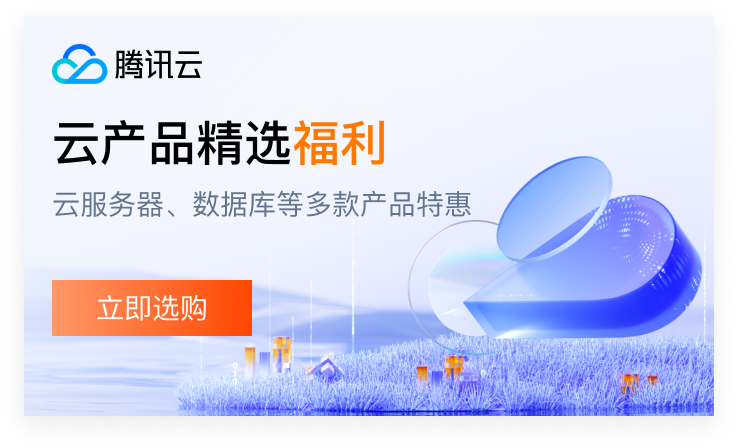- 在初始化时保存ApplicationContext对象
- 通过spring提供的utils类获取ApplicationContext对象
- 继承自抽象类ApplicationObjectSupport
- 继承自抽象类WebApplicationObjectSupport
- 实现接口ApplicationContextAware
- 通过Spring提供的ContextLoader
方法1.
说明:这种方式适用于采用Spring框架的独立应用程序,需要程序通过配置文件手工初始化Spring的情况。
ApplicationContext ac = new FileSystemXmlApplicationContext("applicationContext.xml");
ac.getBean("beanId");方法2.通过Spring提供的工具类获取ApplicationContext对象
说明:这种方式适合于采用Spring框架的B/S系统,通过ServletContext对象获取ApplicationContext对象,然后在通过它获取需要的类实例。上面两个工具方式的区别是,前者在获取失败时抛出异常,后者返回null。
ApplicationContext ac1 = WebApplicationContextUtils.getRequiredWebApplicationContext(ServletContext sc);
ApplicationContext ac2 = WebApplicationContextUtils.getWebApplicationContext(ServletContext sc);
ac1.getBean("beanId");
ac2.getBean("beanId");方法3.继承自抽象类ApplicationObjectSupport
说明:抽象类ApplicationObjectSupport提供getApplicationContext()方法,可以方便的获取ApplicationContext。
Spring初始化时,会通过该抽象类的setApplicationContext(ApplicationContext context)方法将ApplicationContext 对象注入。
方法4.继承自抽象类WebApplicationObjectSupport
说明:类似上面方法,调用getWebApplicationContext()获取WebApplicationContext
方法5.实现接口ApplicationContextAware
说明:实现该接口的setApplicationContext(ApplicationContext context)方法,并保存ApplicationContext 对象。Spring初始化时,会通过该方法将ApplicationContext对象注入。
package com.pay.util;
import org.springframework.beans.BeansException;
import org.springframework.context.ApplicationContext;
import org.springframework.context.ApplicationContextAware;
import org.springframework.stereotype.Component;
/**
* Spring Bean工具类
*
* @author Jalena
* @create 2017-05-08 23:25
*/
@Component
public class BeanFactoryUtil implements ApplicationContextAware {
public BeanFactoryUtil() {
}
// spring 上下文对象
private static ApplicationContext applicationContext;
@Override
public void setApplicationContext(ApplicationContext applicationContext) throws BeansException {
this.applicationContext = applicationContext;
}
public static ApplicationContext getApplicationContext() {
return applicationContext;
}
/**
* 根据类唯一标识名获取Bean
* @param beanName 唯一标识名称(ID)
* @return Object
* @throws BeansException
*/
public static Object getBeanByName(String beanName) throws BeansException{
return applicationContext.getBean(beanName);
}
/**
* 根据类Class获取Bean
* @param requiredType 类Class
* @param <T> 类型
* @return
* @throws BeansException
*/
public static <T> T getBeanByClass(Class<T> requiredType) throws BeansException{
return applicationContext.getBean(requiredType);
}
/**
* 根据类唯一标识名及类Class获取Bean
* @param beanName 唯一标识名
* @param requiredType 类Class
* @param <T> 类型
* @return
* @throws BeansException
*/
public static <T> T getBeanByNameAndClass(String beanName, Class<T> requiredType) throws BeansException {
return applicationContext.getBean(beanName, requiredType);
}
}方法6.通过Spring提供的ContextLoader
WebApplicationContext wac = ContextLoader.getCurrentWebApplicationContext();
wac.getBean(beanID);
文章评论